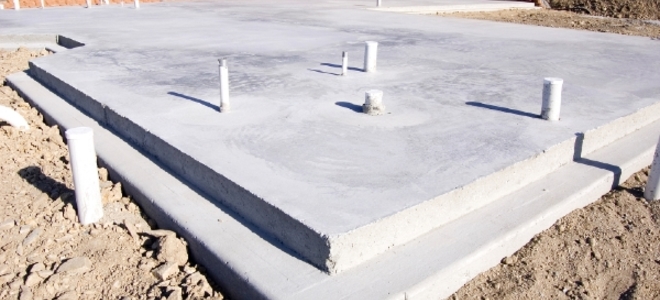What Are The Steps To Building An Accessory Dwelling Unit ?
What Exactly Is an ADU (Accessory Dwelling Unit)?
An auxiliary dwelling unit (ADU) is a legal name for a secondary house or apartment that shares the same building lot as a larger, primary residence. The flat cannot be purchased or sold individually, although it is frequently rented out to supplement income or to lodge a family member. An aging parent, for example, could live in a tiny apartment rather than moving into an assisted living facility.
Because construction projects involve preparation, effort, and money, they are difficult to initiate and manage. Here are the steps to make your ADU construction project go more smoothly.
1. Arrange Pre-Approval Loan.
Go to the bank and apply for a loan pre-approval once you’ve finished your design. The bank will review your application and conduct a background check. The bank will examine your current income and spending to see if you are a high-risk borrower. They can accept or decline your loan pre-approval after determining your degree of risk. If you’ve been pre-approved for a loan, the bank will inform you how much money they’re willing to lend you and how long you’ll have to pay it back.
2. Create A Design.
Remember that you have choices when it comes to the preparation of your design. You can do the design yourself, hire a contractor to do it, or hire an architect to do it for you.
3. Obtain Local Government Approval For The Design.
You must first obtain consent from the local authorities before beginning construction on the ADU. First, have the design approved by the building or construction department. Your design will be approved quickly if it complies with local zoning restrictions. After that, you can start the construction permit application process. A minimal charge is usually required to get a construction permit. You can hire a contractor to start the project once the permit is authorized.
4. Sort Your Finances.
The reason you shouldn’t apply for a loan right after it’s been preapproved is that the local government may want some revisions to the initial ADU design plans before they accept it. If you haven’t budgeted for these adjustments, they could be costly.

5. Select An ADU Contractor.
You may or may not need the services of a contractor if you have an existing (but unregistered) ADU or for projects in an area of the house that is already mostly finished. If you don’t have any, you can skip this step. If you think you might, go to the ‘Contractor Services’ pages to learn more about how to discover and hire a contractor.
6. Construction Management.
Make sure the property has all of the relevant permits posted. The construction work is authorized by the permits. You should also photocopy all permits and put them in a file along with a copy of your construction contract.
7. Loans.
Consult your lender to determine whether any further paperwork is required for your loan (s). You may, for example, want proof that your ADU has passed its final inspection with your local building department.
8. Keep A Copy Of The City’s Covenant Agreement On File.
The covenant agreement’s aim is to verify that you are the property’s owner, that you recognize there is an ADU on the land, and that you will comply with any city or public regulations for having an ADU (e.g. owner occupation). In most localities, a recorded covenant agreement is required. In order to finish the ADU process, you must record the agreement. A recorded covenant also gives you the benefit of having evidence to show lenders (for example, if you wish to refinance or take out equity in your house) or homebuyers (for example, if you decide to sell your house) that you have a lawful ADU in the future.
Are You Looking for a Company to Build a Foundation for Your ADU or Building?
If you’ve been researching building a foundation for your ADU or home, then chances are that you already know about the different types of foundations available. Depending on your goals and budget, there may be several solutions available to you. Spaulding Concrete has been the SF Bay Area’s top foundation builder for over 30 years. We’re here to fix your home’s foundation, no matter what problem may exist. We have the specialized equipment, services and professional experience that you need to make permanent improvements to your building’s foundation. If you have an ADU and want a new one built, then take care in finding someone who understands what is involved and who can get it done right! The qualified concrete experts at Spaulding Concrete will be on schedule, on budget and meet or exceed standards by careful planning, professional execution, and strict quality control. To schedule your free quote, contact us today! We are proud to serve Alameda and Contra Costa County, including projects in Orinda, Lafayette, Moraga, Pleasant Hill, Concord, Martinez, Pittsburg, Antioch, and Brentwood.

